Quick question — what do DropBox, Uber, Airbnb, and PayPal have in common?
No, it’s not “Silicon Valley.”
I’ll tell you: referral marketing.
Referral marketing single-handedly transformed these four startups into the global brand names you know today. Referral marketing was the reason they managed to spend less yet still exponentially grow their user base.
Referral marketing was their secret weapon to success.
Despite this knowledge, many ecommerce stores are still NOT utilizing referral marketing to get more sales and customers. They’re leaving money on the table.
Today, I am going to show you seven ecommerce stores that have quietly improved their revenue by successfully using different referral marketing strategies.
As you will see, referral marketing doesn’t just belong to the tech elite.
Note: As you read the post, you’ll see the term “referral rate” over and over again. Your referral rate is defined as the volume of referred purchases as a % of your total purchases.
ReferralCandy Store #1: Visuals By Impulse [Invite Your Past Customers]
Let’s be honest.
While referral marketing programs are a great marketing strategy, they’re not magical.
Just because you’ve started a referral marketing campaign doesn’t mean you’re instantly the next “Uber of Ecommerce.”
In fact, it’s quite the opposite.
Referral marketing is more like SEO or content marketing.
Referral marketing works. And it works really well. But, you have to be patient.
Just like how you have to give your blog time to rank and start getting readers, you have to wait for your program to slowly pick up customers, become active, and get your snowball of referrals going.
Of course, that doesn’t mean you can’t grab a quick win off the bat.
Keeping with the content marketing example, you can try to create a viral post by targeting a previously popular topic, and hope that it will get you thousands of shares and visitors.
Similarly, you can taste some quick success with your program. How?
Many ecommerce stores make the mistake of thinking that referral programs are only for new customers.
They’re wrong.
Referral marketing programs are for ALL your customers, including those that have previously bought from you. After all, why should you exclude them?
This is EXACTLY what Visuals by Impulse did.
Visuals By Impulse (VBI) is a retailer that sells Twitch overlays, animated alerts, stream packages, resources, and more.[*]
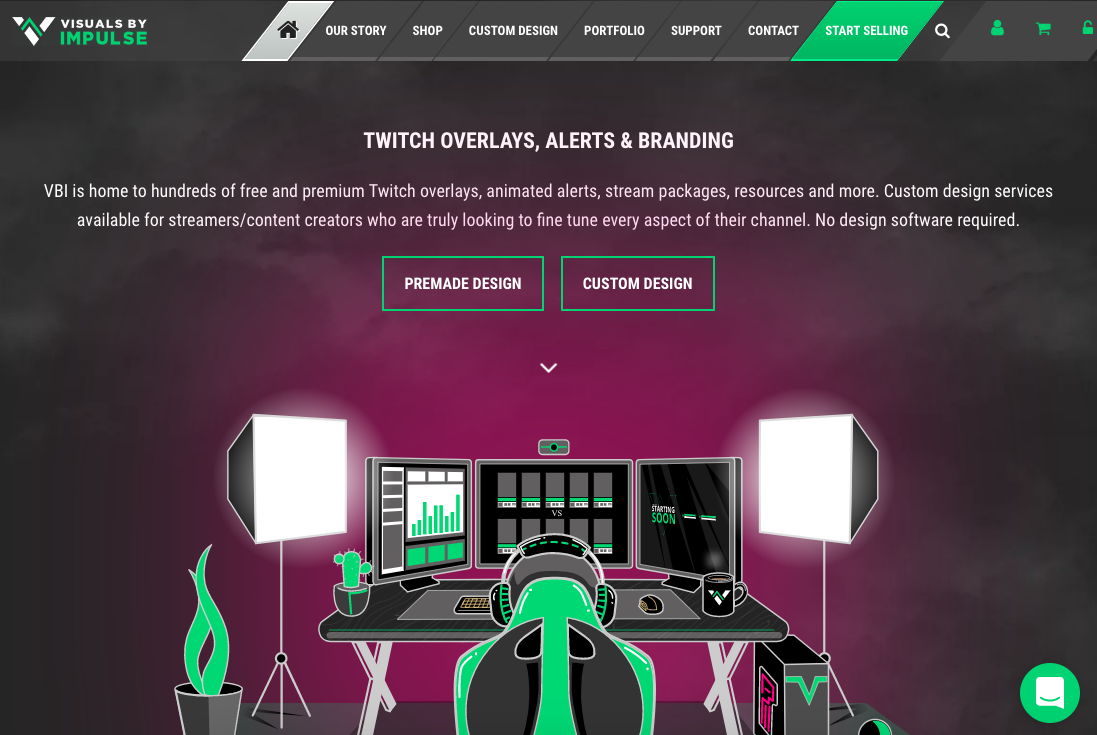
And they’ve only just recently started their referral marketing program.
Akin to a blog, starting a referral program from scratch means you’ll have to hustle A LOT to start getting customers sharing with their friends. Starting from nothing would have sunk any hopes VBI had of a quick success.
Luckily, VBI had tons of customers they could — and did — invite to their new program.
Using ReferralCandy’s “Bulk Upload” feature, VBI uploaded the email addresses of over 10,000 of their past customers and invited them to join their referral program. (If you’re using MailChimp, you can invite everyone on your MailChimp list automatically.)
Check out what happened:
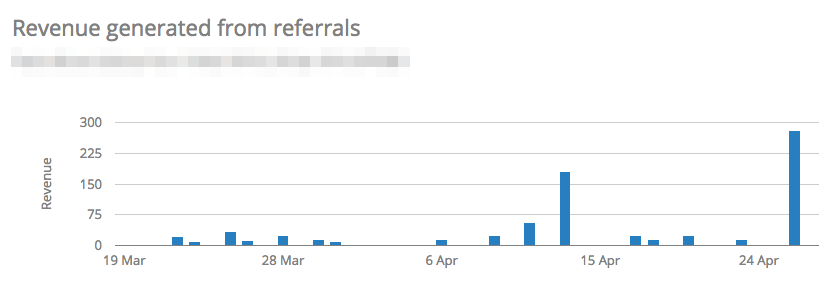
They started with no one in their referral program. Then, they had a little jump near the end of March.
Then, it stayed quiet for a bit while their customers started discovering the new program.
Slowly and steadily, customers started sharing, and people started joining VBI’s referral program.
Past customers share (using the prewritten tweet written by VBI), get new customers to buy from VBI, new customers join the referral program, and the cycle continues.
And all VBI did was invite their past customers.
Here’s how VBI’s referral program has performed:
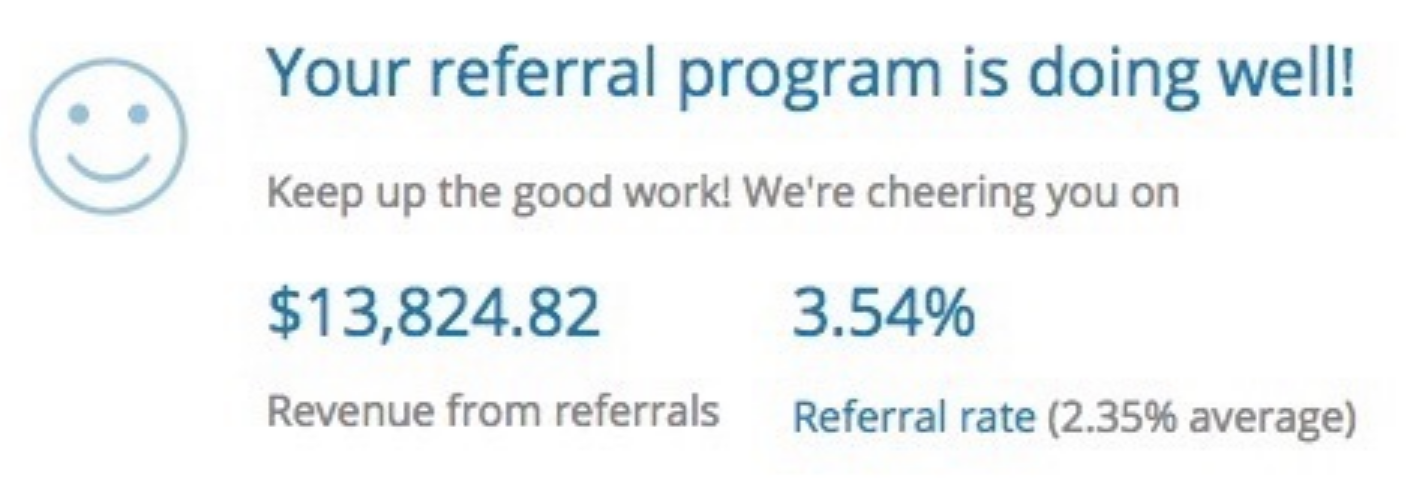
Note: The average referral rate (2.35% above) is pegged to the individual industry the business is in (and not a global average).
Key Takeaway: Referral marketing programs are not just for new customers. You can, and should invite all of your past customers to join your program, earn rewards, and brag about your brand.
ReferralCandy Store #2: Endy Sleep [Cash Rewards Strategy]
Endy Sleep is Canada’s largest direct online mattress retailer. Their most popular product is a memory foam gel-infused mattress that retails for CA$850.[*]
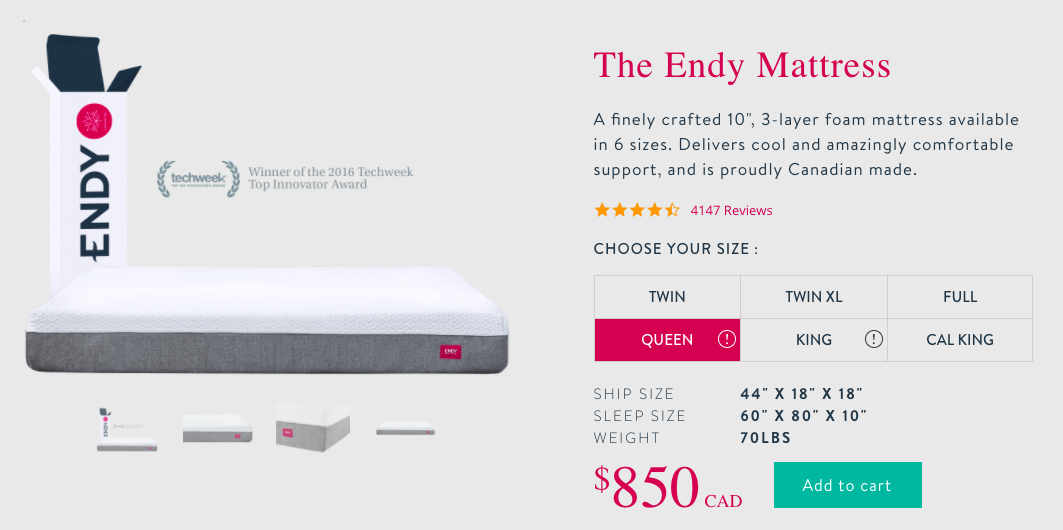
Despite the luxury prices, they are on track to earn CA$50 million in revenue.[*]
One of the key drivers of their success is a referral program. But Endy does it differently. Endy uses what I call the “Cash Rewards Strategy.”
A standard incentive for most ecommerce stores is a percentage or cash discount off their next purchase (e.g., give $20, get $20):

But Endy doesn’t give discounts. Instead, Endy gives away cold, hard cash.
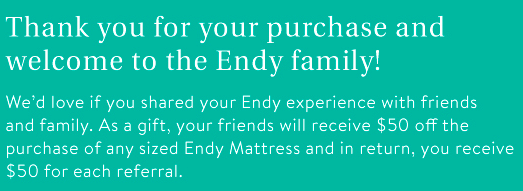
The reason is simple. Endy knows very well that a mattress is not a product that is bought frequently. Anyone buying a mattress is expecting it to last for the next 10–20 years. It would be useless for Endy to give away a discount for a future purchase — their customers would have no use for it.
To make their referral program attractive, for every new customer referred to them, Endy will send CA$50 by PayPal to the referring person. Refer enough friends, and the referrals can pay for the mattress!.
Ergodriven followed this exact same strategy here to give a $10 cash reward. For $500 spent in cash rewards, they made $4,950 in new product referral sales.
It’s a great strategy, that both Endy and Ergodriven’s customers love.
Which also explains why they are beating the industry average referral rate of 2.35%:

Key Takeaway: Here’s a general rule of thumb we recommend ecommerce stores follow. If you’re selling something people buy often, like razors or cosmetics, give away a discount coupon as an incentive. If you’re selling something people buy infrequently, like a mattress, give away a cash incentive like Endy does!
ReferralCandy Store #3: Riff Raff & Co. [Post-Purchase Popup]
In his remarkable and often-recommended book Influence, Robert Cialdini talks about a persuasive force called “commitment and consistency.”
A person who has committed their identity to something will tend to follow through with a respective action just to be consistent with that identity.
But, how does that apply to referral marketing?
When your customers have just finished purchasing from your store, they’ve committed to an identity of being YOUR customer. They have committed to an identity where they trust you, your brand, and your product. Which also means — to be consistent with this identity, they are VERY likely to do something you want them to do, like buy more (which is also why upsells work.)
This is a good time to ask them to join your referral marketing program.
Riff Raff & Co, a store that sells sleep toys for babies, executes this to perfection.[*]
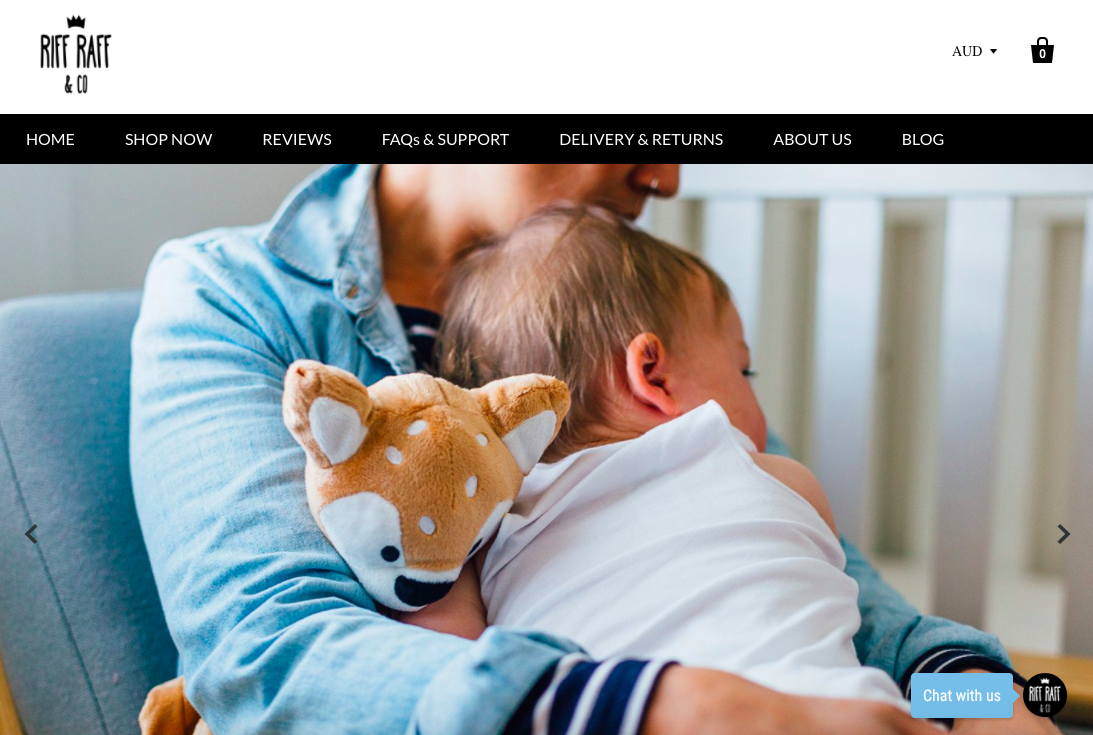
If you visit the Riff Raff site, you won’t find their referral program. In fact, unless you’re a customer, you probably won’t even know they have one! Yet, they have one of the most successful referral marketing programs in the market.
Riff Raff only targets people who have recently purchased a product from them. When a customer purchases a cute Riff Raff toy, it triggers a post-purchase popup asking them to join the rewards program:
This popup is effective in many ways:
Distinct imagery captures a lot of attention and shows off Riff Raff’s range of products.
Babies! (Yes, babies always work.)
Personal, heartwarming and genuine copy that resonates with their target audience — parents.
Understanding their customers and giving them a clear reason why they should have another Riff Raff toy (“wash days, childcare, gifts”.)
Referral link personalized with their name.
Riff Raff also sends this email (with similar copy and imagery) to remind customers to share with their friends:
The strategy looks deceptively simple… but Riff Raff is wrecking the industry’s referral rate like it doesn’t exist (this is a snapshot of their referral sales this year):
Key Takeaway: A customer who has just purchased has subconsciously committed to your store. This is the best time to get them to join your referral program. Use a post-purchase popup and encourage them to join.
ReferralCandy Store #4: YouFoodz [Referral Widget]
YouFoodz is an Australian company that delivers fresh, healthy meals to your doorstep every day. Their mission is simple — they want to free up your time from grocery shopping, cooking, and cleaning so you can use that time to do anything you want!
Unlike Riff Raff (Strategy #3), YouFoodz knows that everyone can benefit from healthy meal delivery. So, YouFoodz wants everyone to be a customer.
And that is why, when you enter their website, you’ll see their referral program straight off the bat:
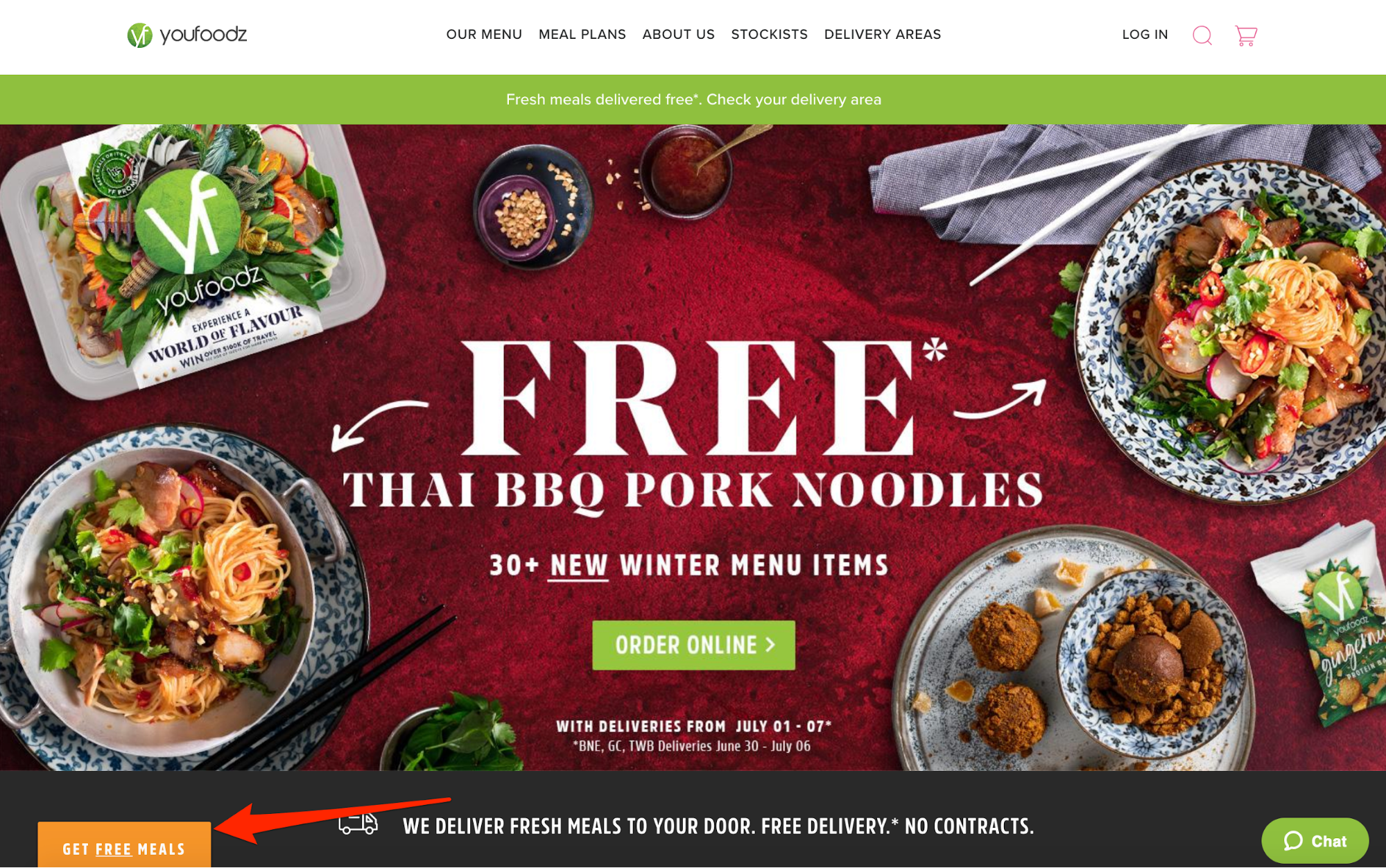
At ReferralCandy, we call this a referral widget.
This widget is sticky, and follows visitors as they scroll down the page. That way, visitors are always reminded of the value of the referral program — “Get Free Meals.”
Yumz, that’s super enticing.
YouFoodz also makes sure that the widget appears on every page of theirs. Here’s what you see if you look at their “Menus” page:
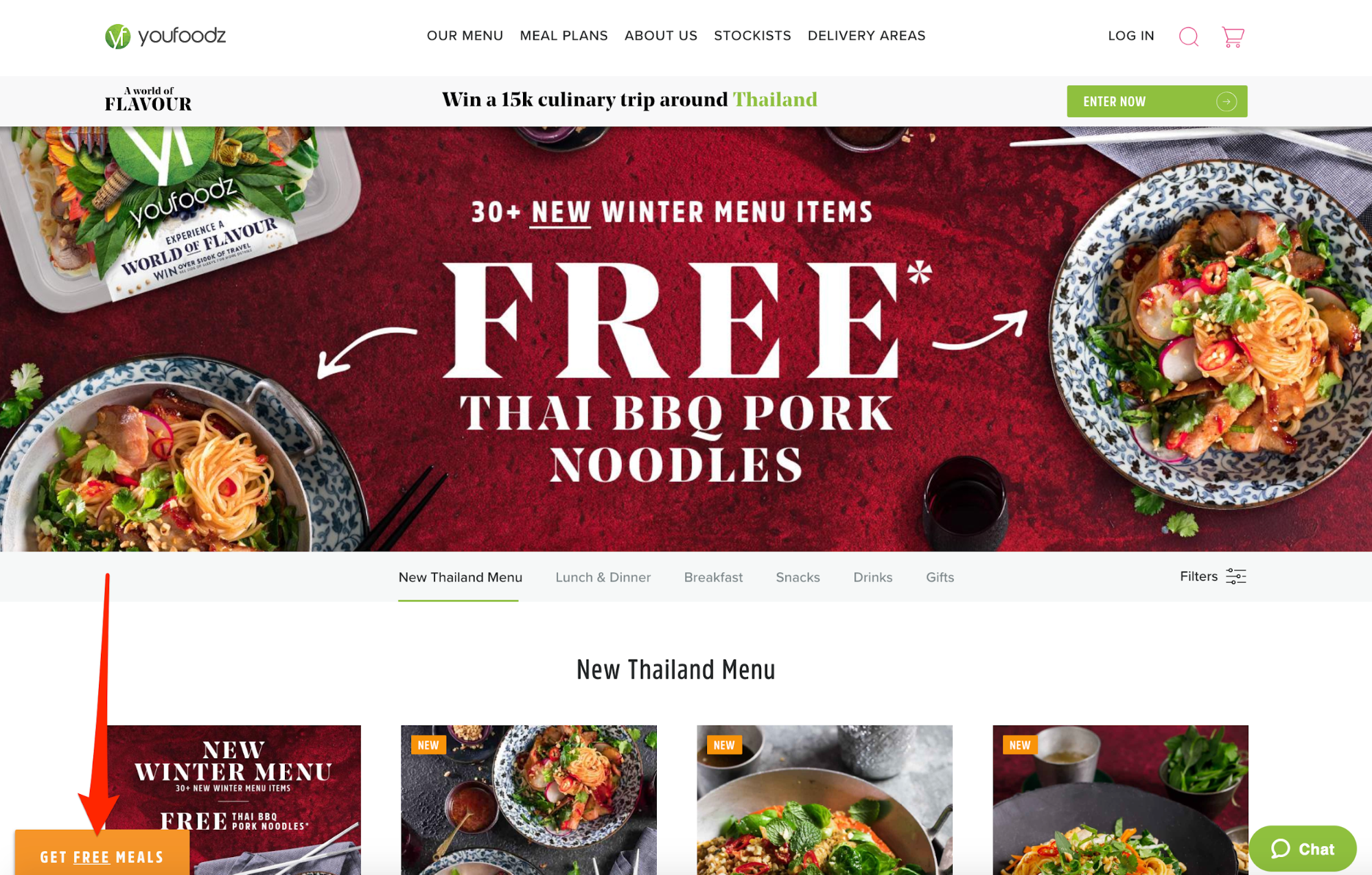
No matter where you are, you WILL always have a chance to sign up for their program.
Of course, one of the key success factors to YouFoodz’s referral widget is its value proposition.
Who doesn’t want free meals?
And if you take a closer look at their offer, they are pretty generous too, giving away an entire week’s worth of food if you refer three friends:
That explains why YouFoodz’s referral program is beating the industry average:
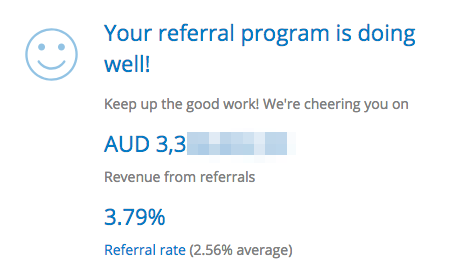
Key Takeaway: Don’t be shy about your referral marketing program. Show it to all your visitors. People who aren’t ready to buy right now, might be ready to refer you to get your referral reward.
ReferralCandy Store #5: Thrive Causemetics [Embedded Signup Page]
To get more people to sign up for your referral program, embed your signup form (or a link to your form) on your navigation bar (header or footer.)
This is where Thrive Causemetics excels.
Thrive Causemetics is a cosmetics company that follows the TOMS One for One model. For every cosmetics product purchased, Thrive donates one product to a woman in need.
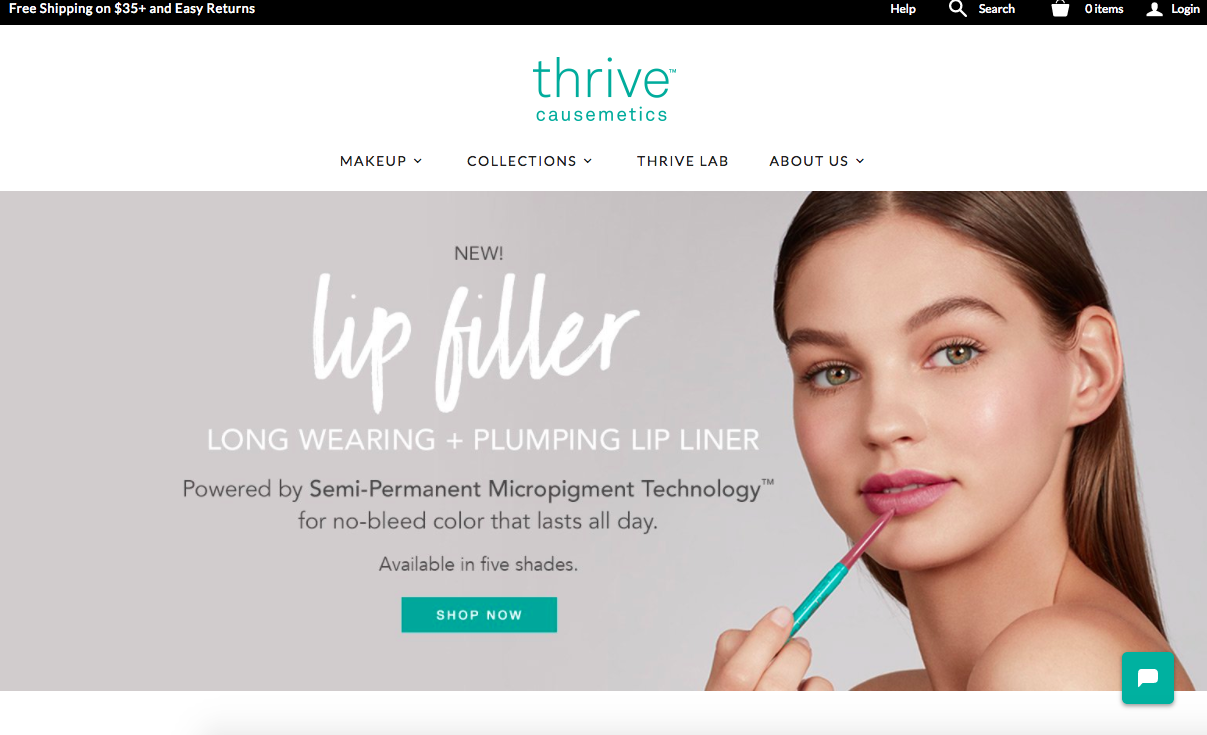
Embedded on their website footer is their referral program:
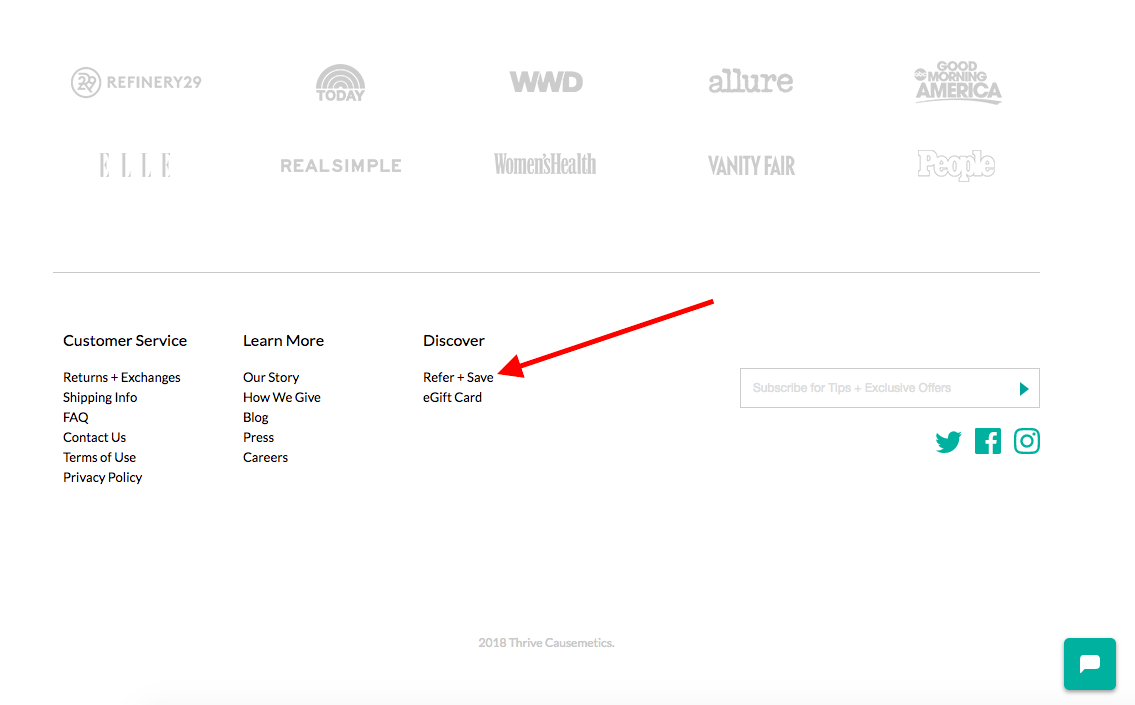
Selecting it sends you to their embedded sharing page, where Thrive gives you $10 off their products if a referred friend purchases:
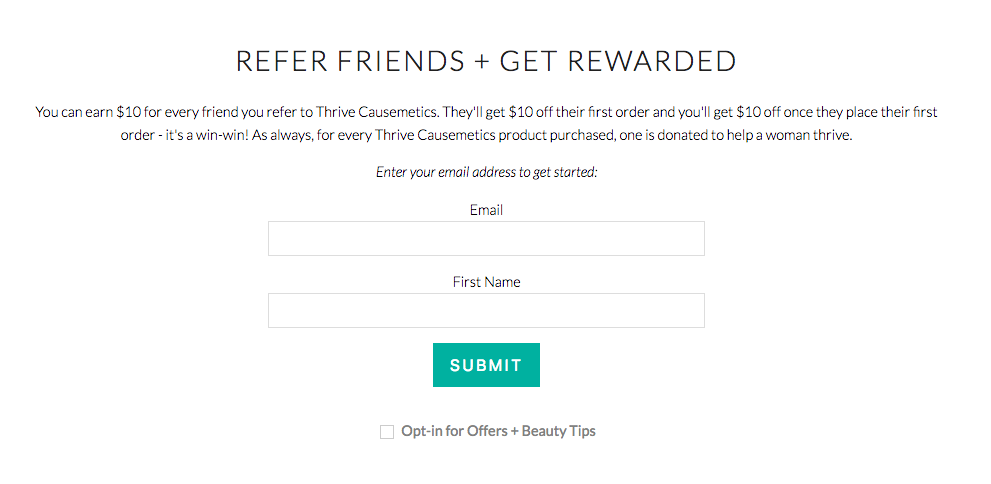
It’s a great tactic. It’s not intrusive, yet every Thrive visitor gets a chance to sign up for their referral marketing program.
Even without aggressive promotion, Thrive is beating the industry referral rate:
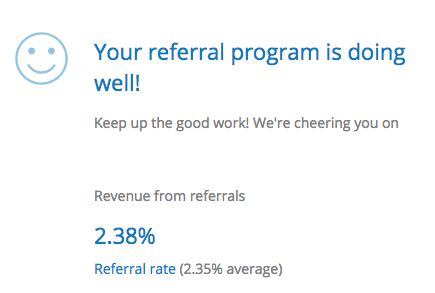
And their customers are not just referring once or twice, but more than 20 times!
Key Takeaway: Passively promote your referral program with an embedded sharing page on your website’s header or footer.
ReferralCandy Store #6: ThreadBeast [Teach Your Customers How To Share]
Great UX designers know that their job is to remove every obstacle faced by their customers, so that it makes it a no-brainer to take the most important step.
Buy.
“Don’t make me think” is the philosophy of great UX design.
If you want your customers to make more referrals, don’t make them think. Don’t assume that just because they’ve joined your program, they are going to go on a sharing frenzy.
ThreadBeast understands that very well.
ThreadBeast has a referral program that gives you a free ThreadBeast package when you refer your friends:
They know that just because a person has signed up for their referral program doesn’t mean they:
Know how to share, and
Are willing to share.
At 177,000 followers, ThreadBeast knows that Instagram is one of their most successful customer acquisition channels:
They also know that their best customers are on Instagram sharing about their latest ThreadBeast loot:
So, why not teach those customers who joined their referral program how to share on Instagram?
Which is EXACTLY what they did:
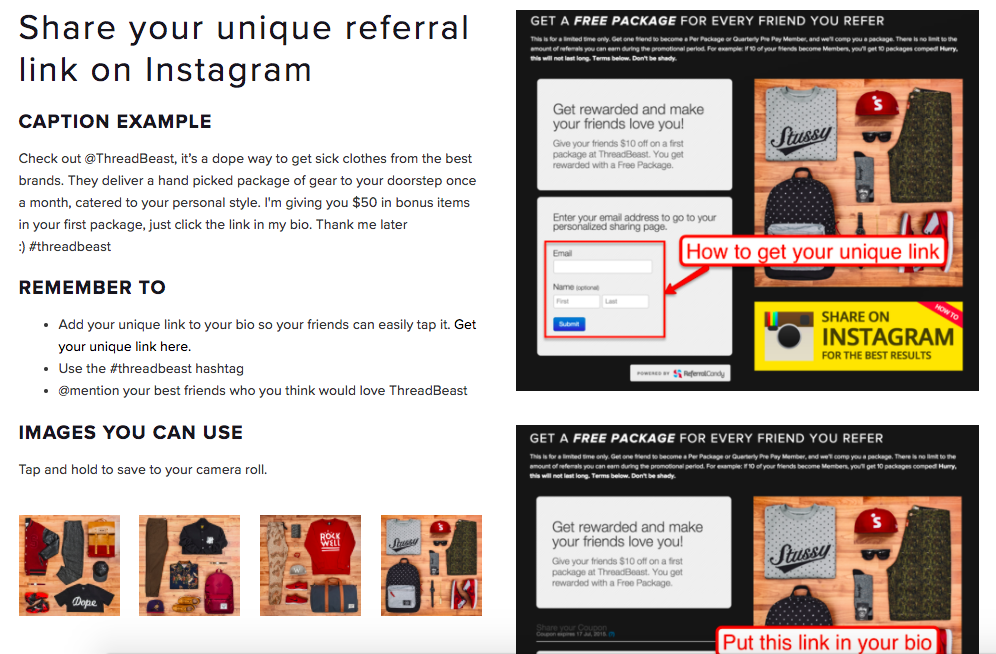
By clearly listing out step-by-step what their customers need to do to get referrals, ThreadBeast clears every doubt their customers have about the process.
And it works.
Josh, a new ThreadBeast customer, followed their suggested steps to the letter. He shared about them with their suggested hashtag (#threadbeast):
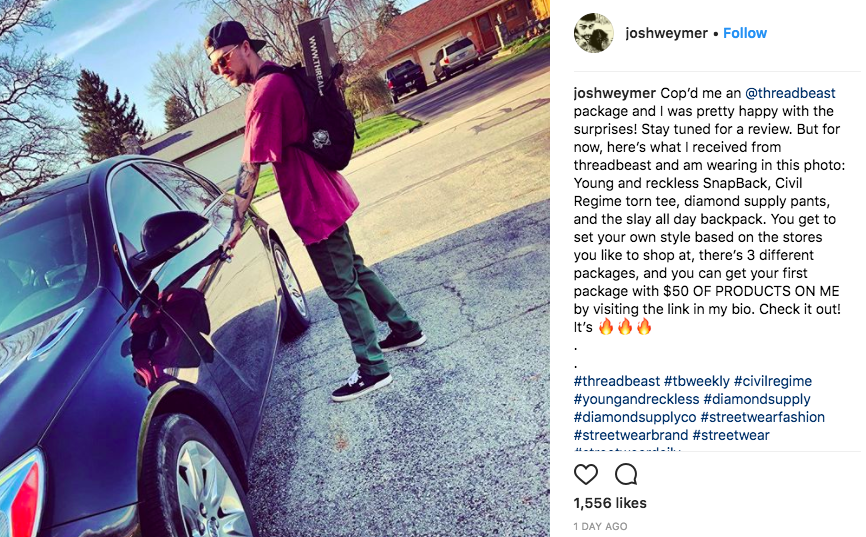
He linked to his ThreadBeast referral link on his Instagram bio:

And while Josh only has 764 followers, this particular post received about 1,556 Likes. The best part?
ThreadBeast probably got new customers from Josh:
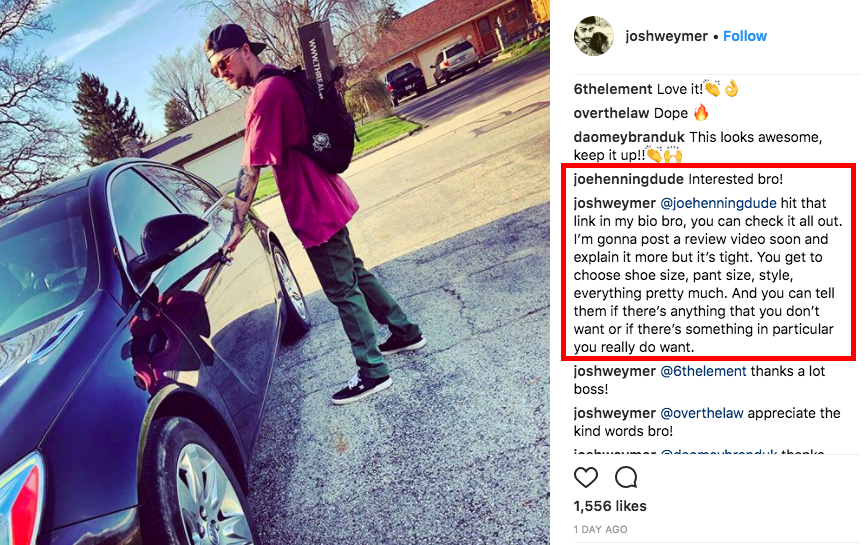
And ThreadBeast’s referral rate is soaring above the industry benchmark.
Key Takeaway: Don’t assume your customers know how to share their referral link. Identify obstacles and remove them. Make it easy for them to share your referral link by teaching them how.
ReferralCandy Store #7: Player One Coffee [Invite Influencers To Participate]
A typical customer in your referral program will only refer 1–2 new customers.
After all, most of us probably have only a couple of close friends who would take your recommendation seriously (or even have the same interests.)
And usually, that’s enough to work. If every customer refers two new ones to your store, you’ll have more than enough business to keep you busy.
But what if you had one of these customers that referred more than two? What if they refer hundreds?
Guess what — these people exist. They are called influencers.
Influencers are people who have amassed a huge following on social media. Because they’re so popular, and their followers want to be like them — every product they recommend or refer can cause a disproportionate impact on your referral sales.
A good example was when Tim Ferriss almost bankrupted Mizzen+Main’s inventory when he endorsed them on his popular podcast.[*]
Player One Coffee knows this. A coffee company that makes tasty coffee for gamers, they have a referral program that gives away $1 in cash every time one of your referrals buy for eternity:
To promote their referral program, they reached out to Neebs Gaming, a YouTube channel with 1.6 million subscribers:

Here’s the outreach message they sent via Facebook Messenger:
They then worked with them on this hilarious video ad:
In the YouTube video description, Neebs Gaming includes a link to Player One Coffee’s referral program:
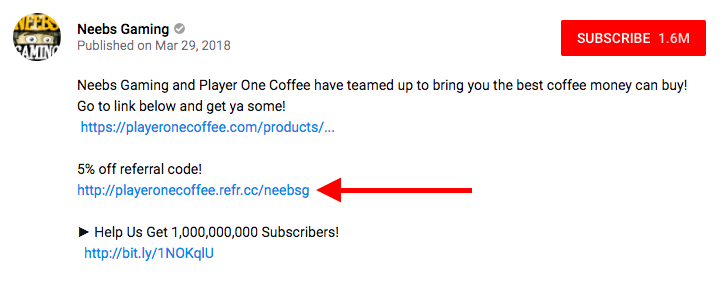
While everyone else was sending only 1–2 friends to Player One Coffee’s referral program, Neebs was blowing it off the charts with 544 referrals:
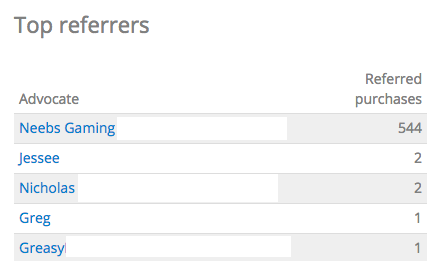
That results in Player One Coffee having an unprecedented referral rate of 10%+ And in only five short months, they’ve already done five figures in referral sales (remember, that’s extra sales!):
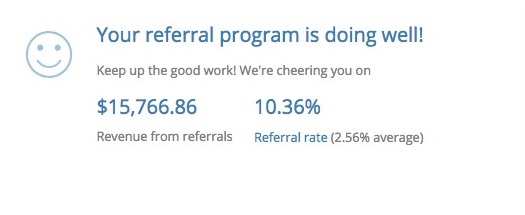
Note: The average referral rate showed here is a monthly average referral rate for selected retailers across seven industries (for e.g Apparel, Food & Beverage, etc.)
Now that’s what we call good ol’ Pareto’s Principle (where 20% of the effort reaps 80% of the results).
Key Takeaways: Influencers can cause a disproportionate impact on the success of your referral program. Identify influencers with large social followings, who also have an engaged audience (like Neebs Gaming), and invite them to join your referral program.
Seven Key Referral Marketing Takeaways From Seven Successful Ecommerce Stores
Here are the seven key takeaways:
You don’t have to start your referral marketing program from zero. Invite all your past customers and get them to join your referral program (like Visuals By Impulse).
If your product is frequently bought, use a discount. If your product is bought infrequently, give away cash (like Endy Sleep)!
Leverage the “commitment and consistency” persuasion tactic and invite customers who have recently bought to join your program (like Riff Raff & Co.).
If a tree falls in the forest and no one is there, did it really fall? Don’t expect customers to discover your campaign on their own. Show it to them! Display your referral marketing program using a referral widget over every page of your website (like YouFoodz).
You don’t have to go all aggressive and push your referral program onto your visitors. Use an embedded sharing page and passively promote it (like Thrive Causemetics).
Identify obstacles that prevent customers from sharing, and remove them. Make it easy for them to share, even if it means teaching them how (like ThreadBeast).
Influencers can cause a disproportionate impact to a referral marketing program. Identify key influencers who have engaged social followings, and partner with them on a promotion (like Player One Coffee).
To learn more about the step-by-step instructions you need to execute each of these seven strategies, download my referral marketing execution guide below.


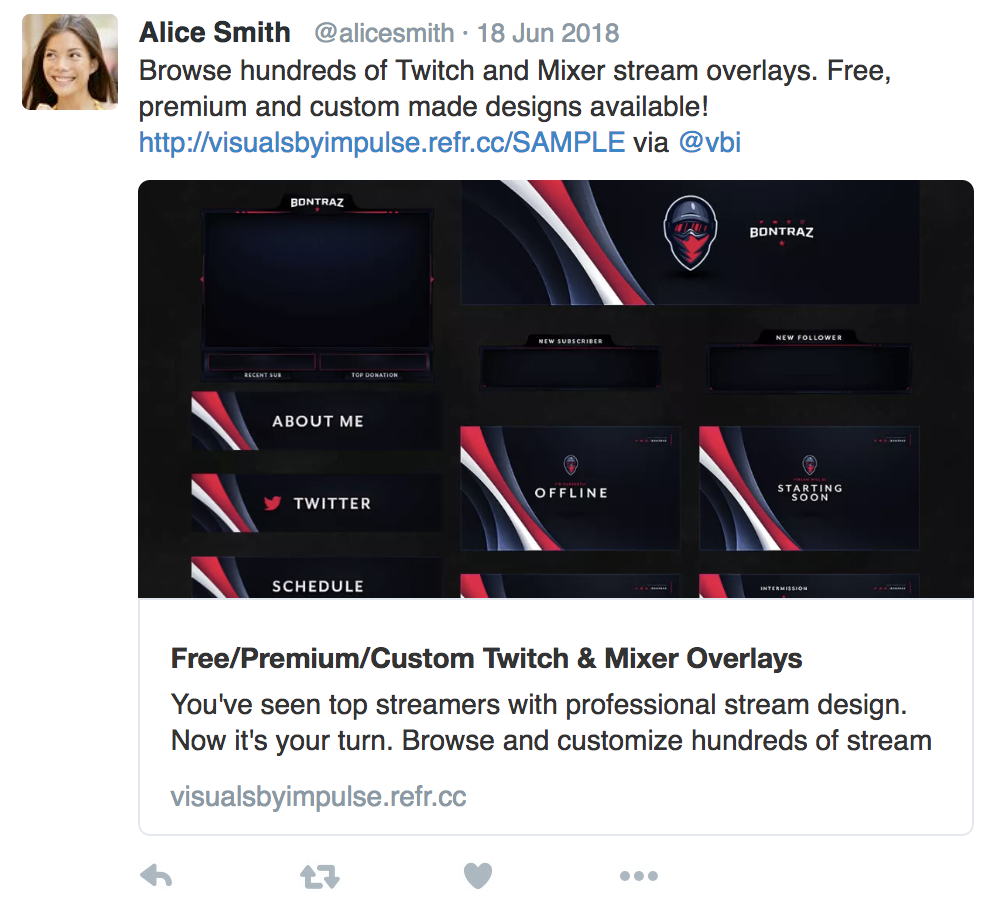
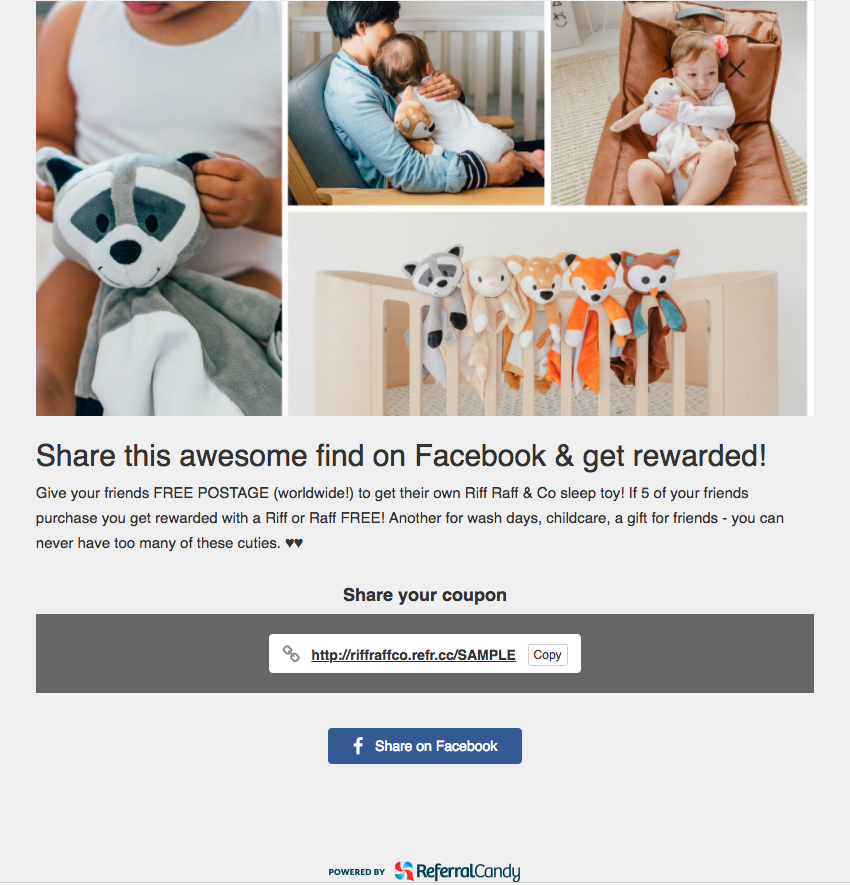
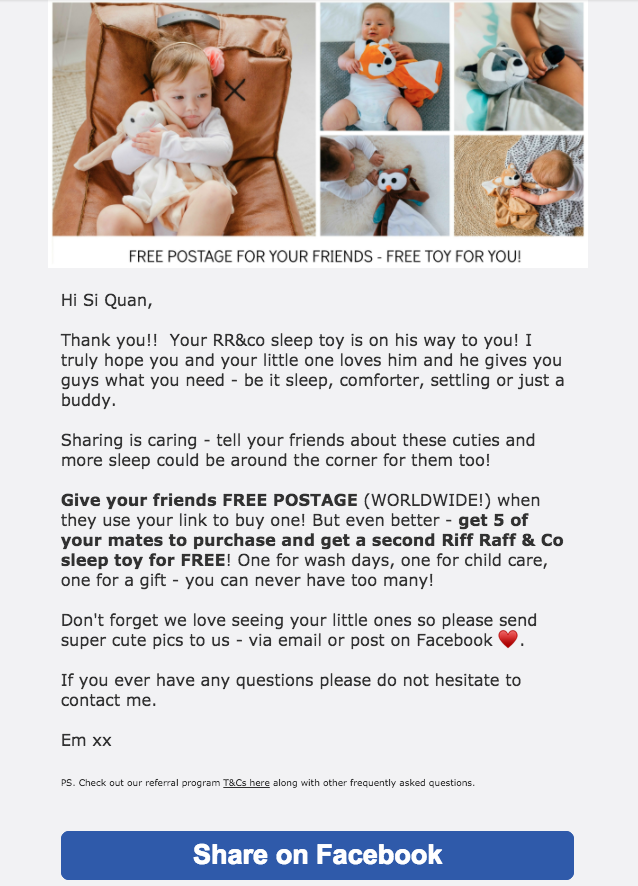
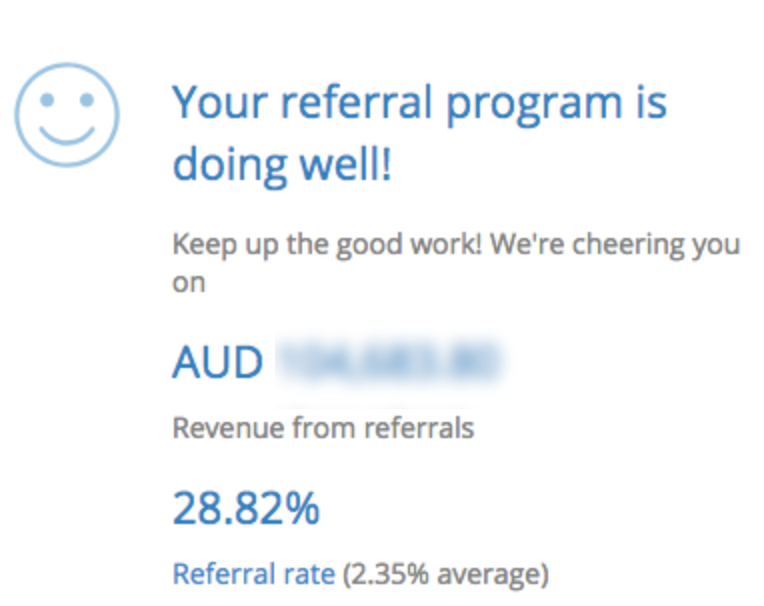
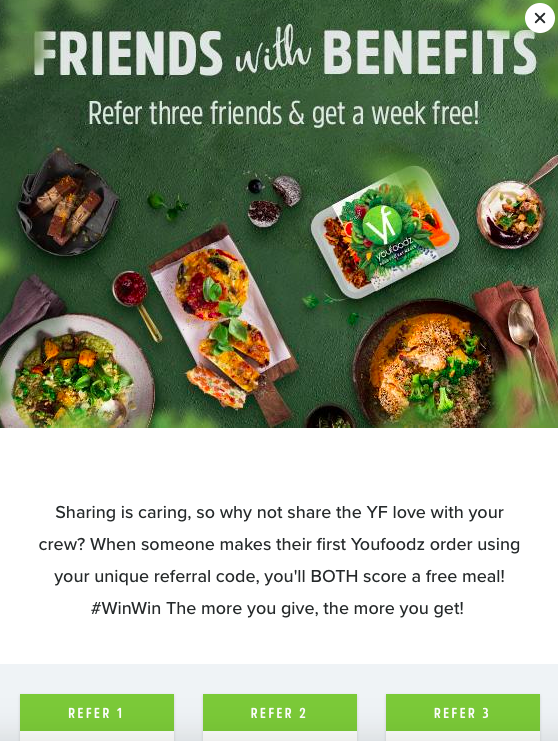
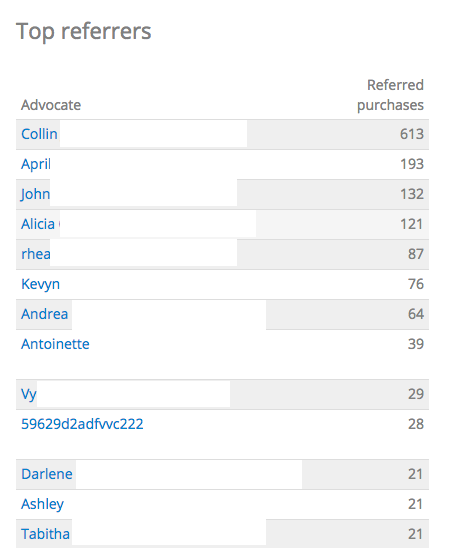
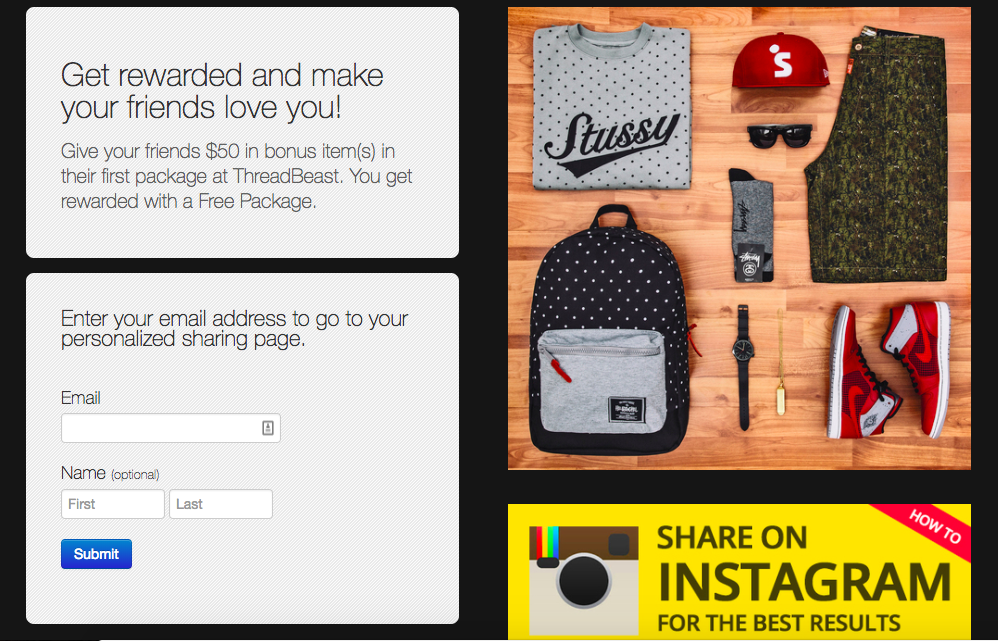
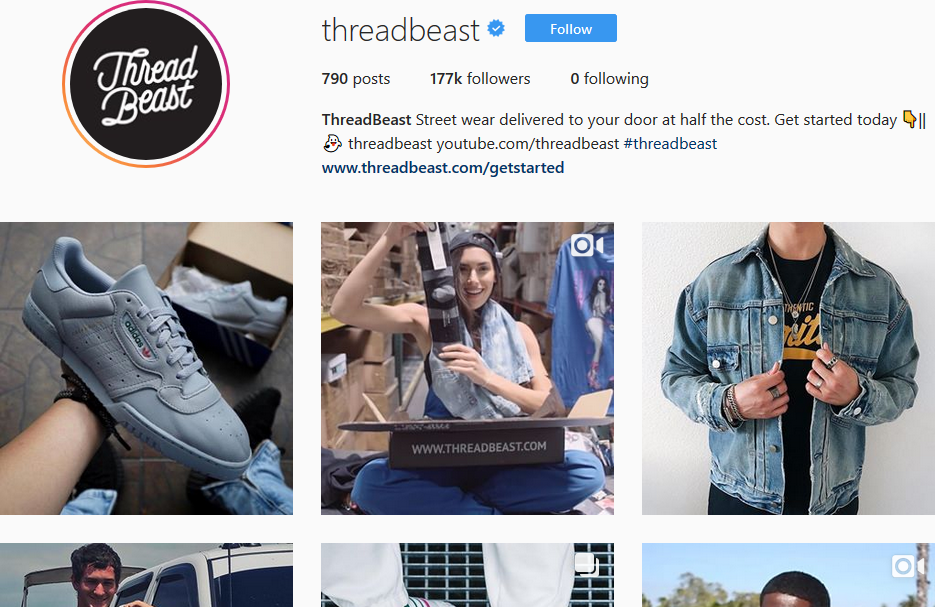
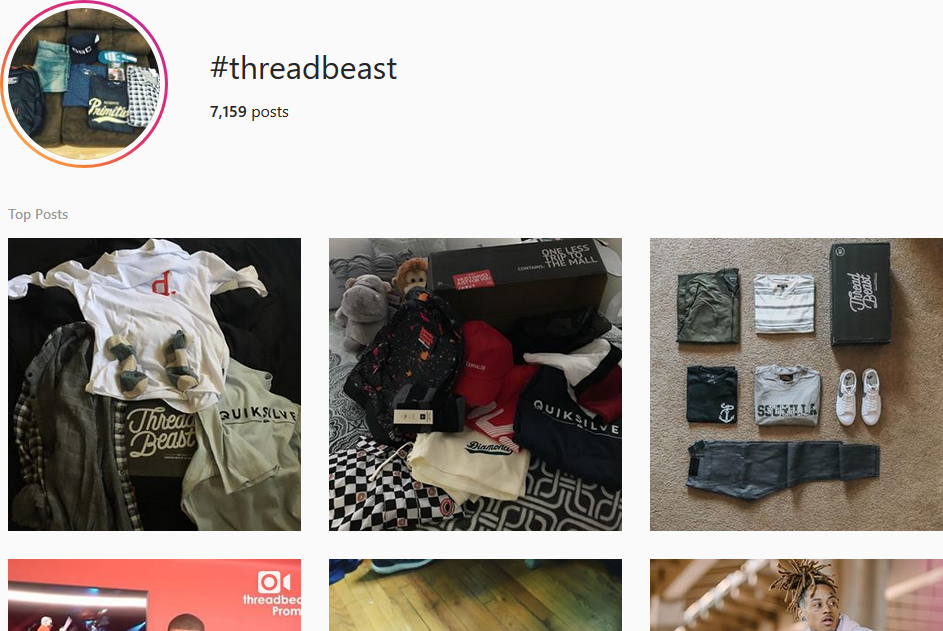
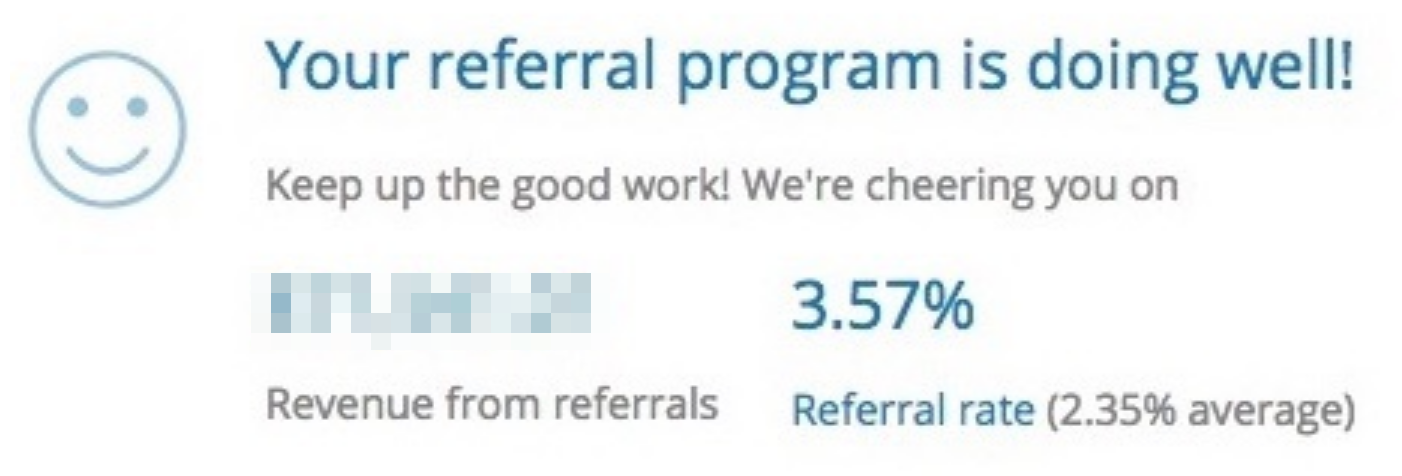
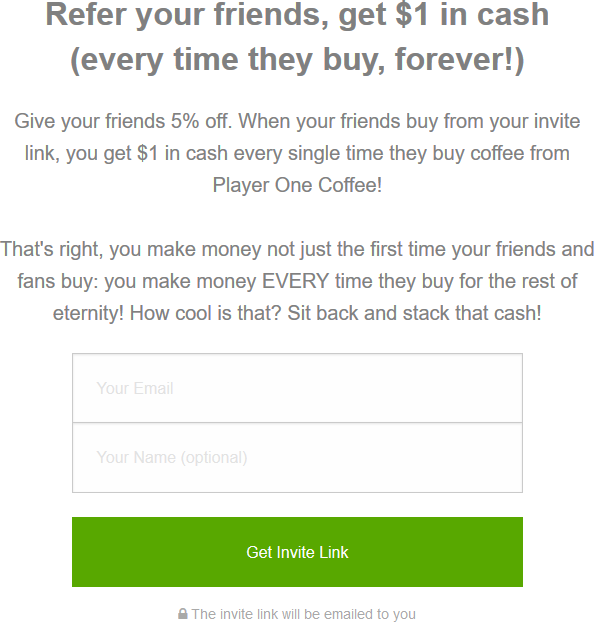
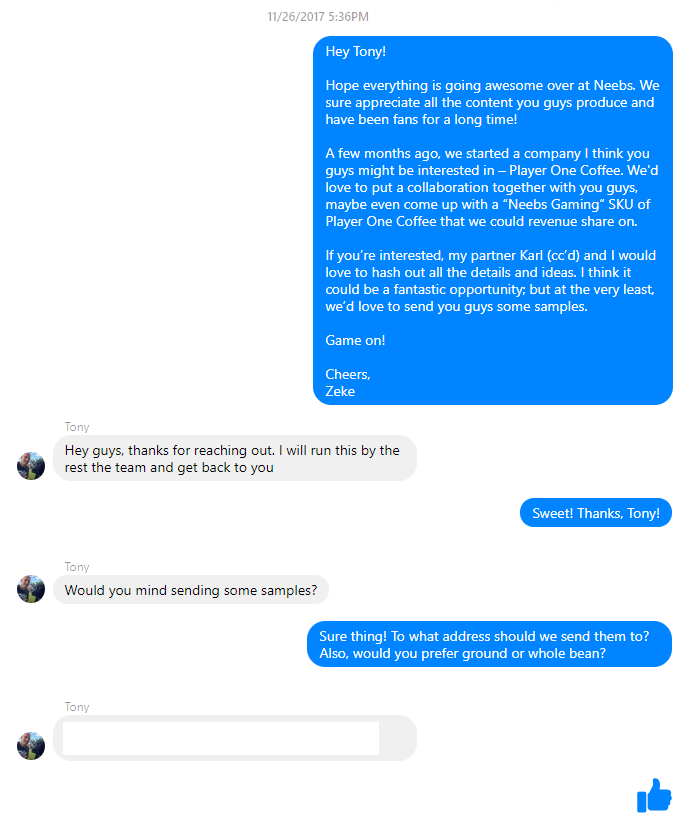
Comments